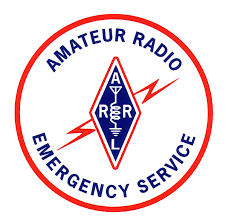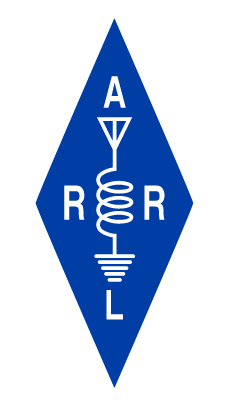 Dave Colter, WA1ZCN, writes on the Twin State Radio Club mailing list:
Dave Colter, WA1ZCN, writes on the Twin State Radio Club mailing list:
The annual Simulated Emergency Test (SET) is on the first Saturday in November in NH. It’s intended to be our annual full-scale exercise of plans and systems across the entire Section/state. We begin at 8 AM and usually wind up between 1 and 2 PM. This year’s SET is based on a big hurricane, since it’s the most likely large-scale disaster we’re likely to experience in NH. It will be a simplex/HF only exercise. Repeaters won’t be used. We also encourage field station setups – even from your own backyard. One assumption is that any storm bad enough to require ARES support will probably take down our regular antennas, so it’s going to be an ad hoc operation.
One critical item I neglected to mention – every message MUST contain the words “this is an exercise”, and that phrase should also accompany any transmission that could be mistaken as real by a casual listener, as well as periodically during operations.
Simplex operation presents some interesting and fun challenges in our rather lumpy state. The goal is to send Situation Reports (SITREPS) to the State Emergency Operations Center liaison station in Concord, and handle any return message traffic. Clearly, we don’t have good simplex paths to Concord, so we use hilltop relay stations. The Concord liaison will likely be on Woods Hill in Bow. We’ve identified 2000’ Bly Hill in Newbury, NH that can reach Concord pretty easily. It’s accessed from Rt 103A. There is a turn-around at the summit I’ve used in the past for a discrete mobile relay station.
The first order of business will be determining who can hear whom so that relays can be organized. Then we can start generating SITREPS (in the form of weather/damage reports – a suggested form will be forthcoming) and passing them along to Concord. It’s likely to be chaotic, but that’s the nature of ad hoc operations and disasters. Work-arounds will be essential.
We can use both digital and manual (voice) methods to send the forms. Digital is preferred for accuracy and speed, and we use the very popular NBEMS suite of software, the core of which is Fldigi, a versatile sound-card digital modes app that’s also good for day to day use. The other key app in the suite is Flmsg, the message forms utility. There is a good tutorial on the NE ARES Academy channel, and some good (but need updating) beginner’s guides on the NH-ARES website.
We also use a system called Winlink, with a sound-card app called Winlink Express, which allows for email access through servers around the world. Its primary value is for sending and receiving internet email messages, but it can be used for ham-to-ham email via the same servers, and peer-to-peer connections between stations. Winlink email server access is only available via HF from our area. The most difficult bit of getting set up for Winlink is getting your computer to control your radio, but after that it’s pretty easy. Computer control isn’t essential, but it’s far faster. This is too big a topic for this email, so watch the video.
Both NBEMS and Winlink Express can be used on either HF or VHF/UHF, and certain NBEMS modes can be used on repeaters.
Manual voice messages using the RadioGram and radio version of the FEMA ICS-213 General Message Form require specific knowledge. Luckily, there is also a good video on this on the NE ARES Academy channel.
NBEMS – www.w1hkj.com Groups.IO page: https://groups.io/g/nbems
Winlink – www.winlink.org Groups.IO page: https://groups.io/g/winlink
George N1GB’s NH-ARES digital modes info site: https://www.gblakesl.net/N1GB/N1GB_ARES.html Loads of information on NBEMS and Winlink here.
